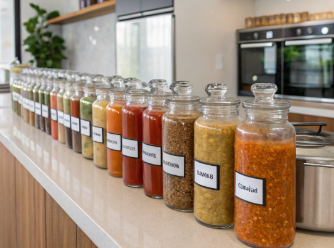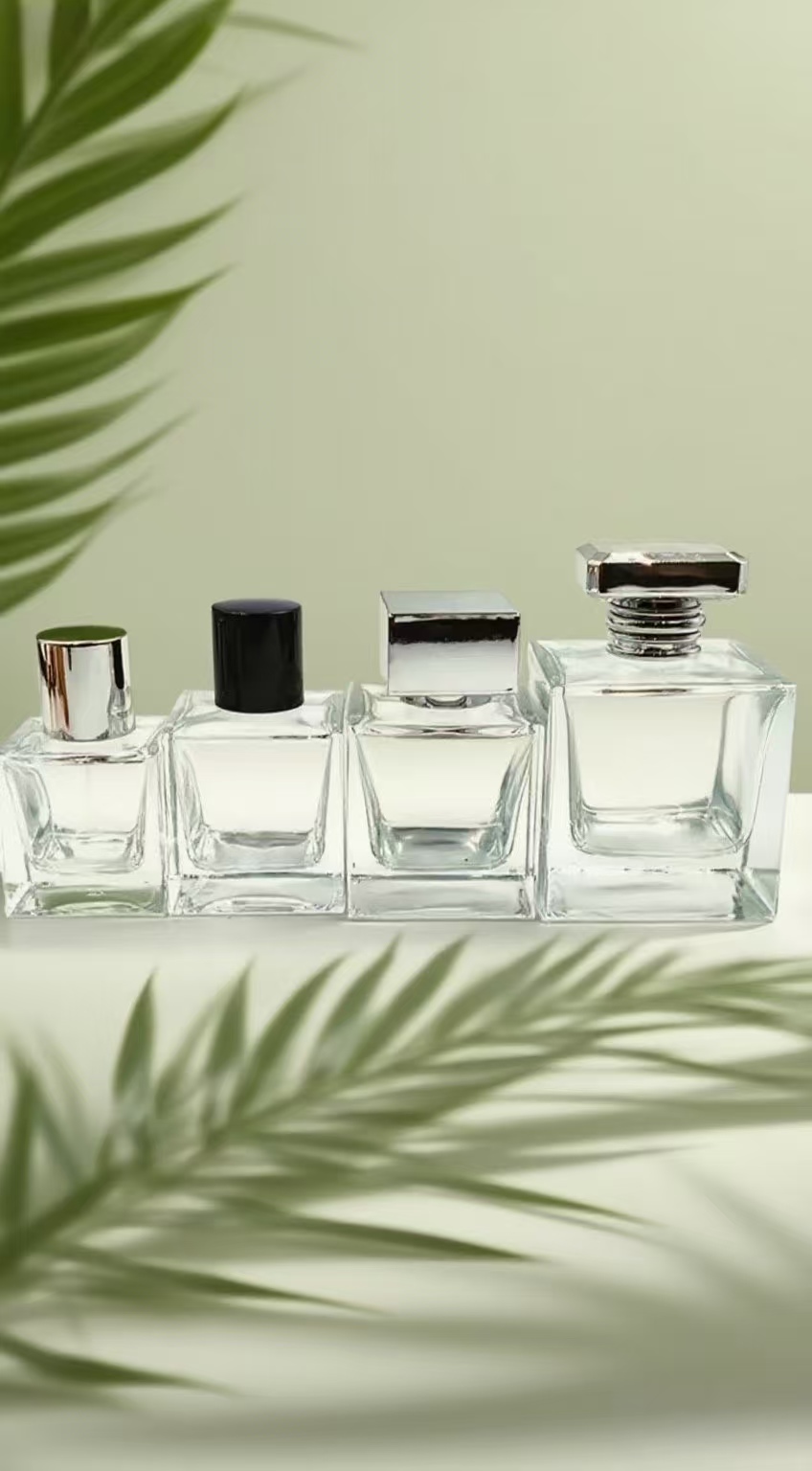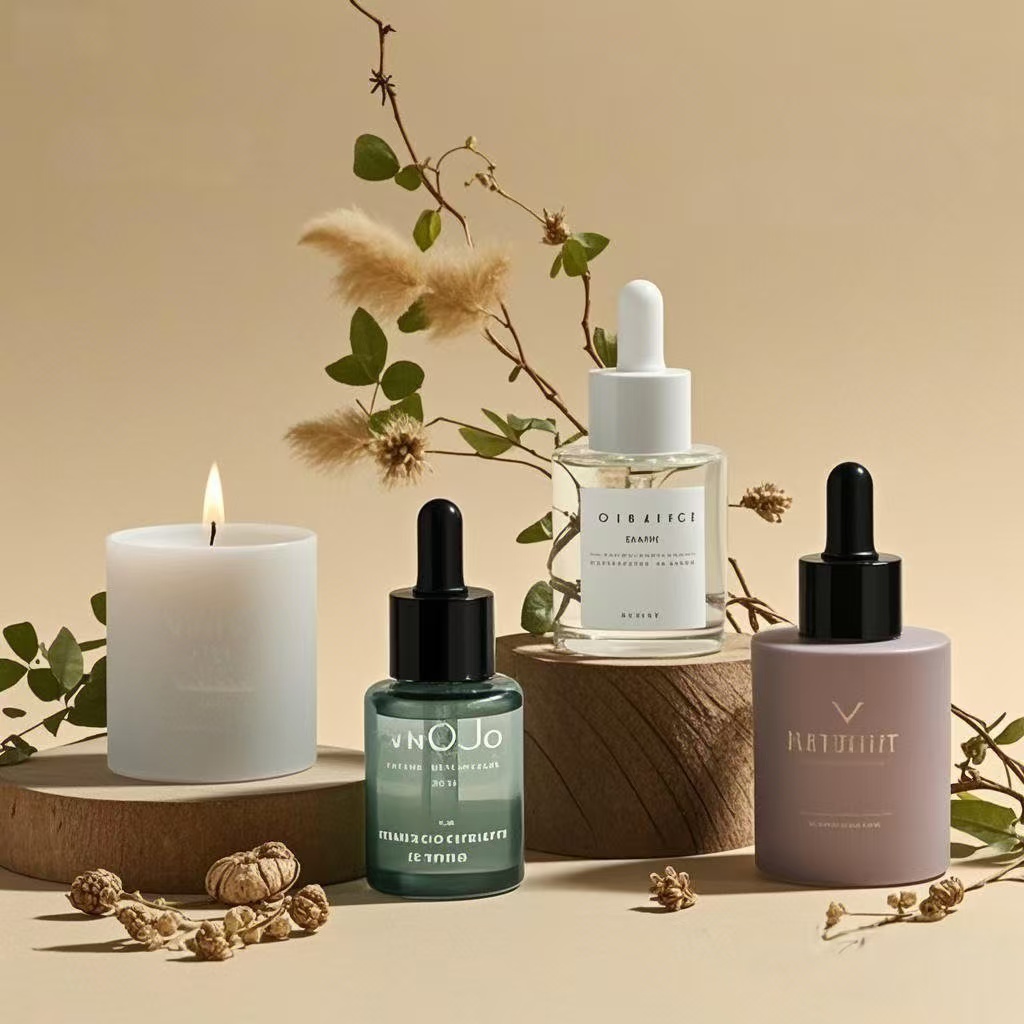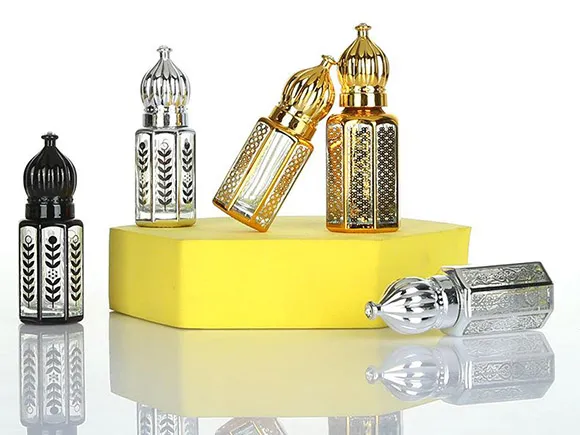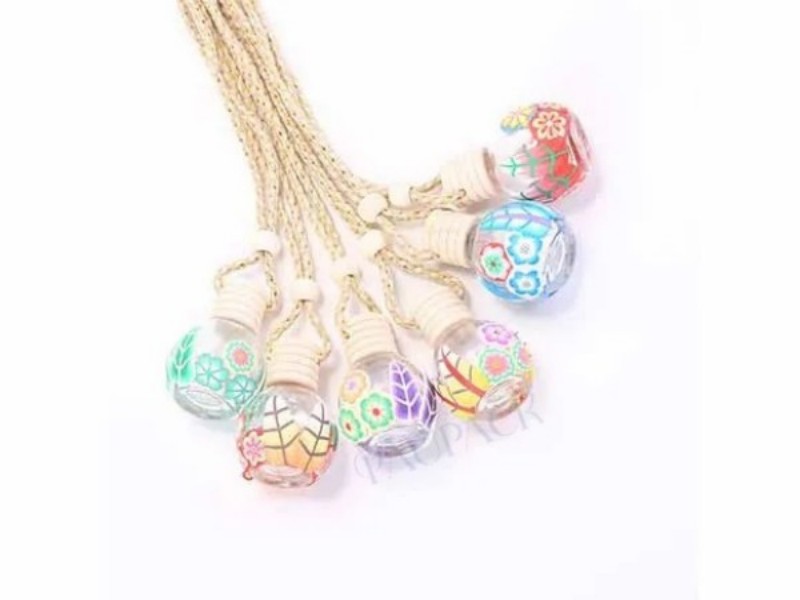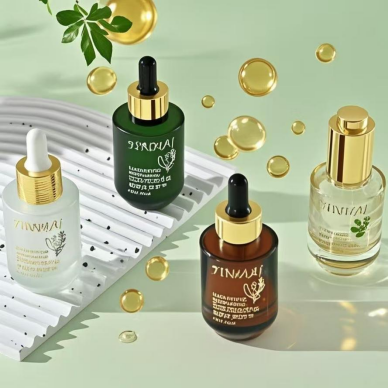Launching a sauce brand in today’s global food market is a journey that combines culinary artistry, entrepreneurship, strategic planning, and relentless adaptation. The surge of interest in specialty condiments, gourmet flavors, and sustainable packaging has opened lucrative doors for innovative entrepreneurs. Whether your dream is regional hot sauces, authentic BBQ, tangy vinaigrettes, artisanal jams, or healthy vegan spreads, success will be defined by much more than just a winning recipe.
This guide walks you through each essential phase of starting and scaling a successful sauce business, spotlighting crucial decisions at every stage. For every founder, packaging is a powerful brand asset—Paupack stands ready to support every vision with premiumGlass Bottles, unmatched in sustainability, safety, and shelf appeal.
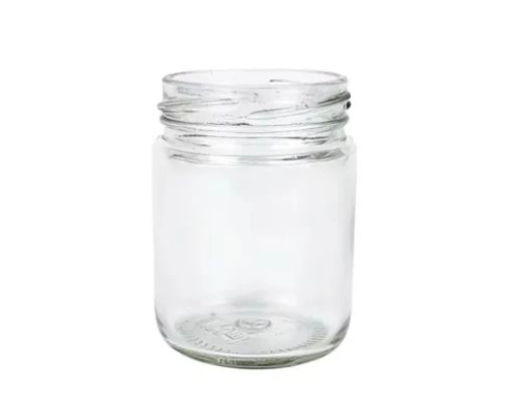

Step 1: Find Your Unique Sauce Concept
Every food revolution begins with a unique idea rooted in passion.
Deep-Dive Recipe Exploration
Think about your culinary roots, favorite meals, and dining adventures. Is there a family chili recipe with a cult following? A childhood memory of a street vendor’s teriyaki? A fusion of flavors you wish existed on shelves? Spend time experimenting—document every tweak and compare your creations with what’s currently available in stores.
Tips & Examples:
-
Start a sauce diary, recording ingredients, techniques, cook times, and results.
-
Hold regular blind tastings with diverse tasters, seeking brutal honesty.
-
Explore “white spaces” in flavor: Are you making a vegan buffalo ranch, an extra-fermented sriracha, or a sugar-free mango habanero?
Audience and Story Building
A winning idea resonates with a defined group. Is your target audience health-motivated millennials, BBQ pitmasters, or heat-loving foodies? Know who you’re making this for and shape your flavor, strength, and packaging accordingly.
-
Articulate your “why”—authentic origins, ingredient philosophy, or global inspiration.
-
Consider cultural trends, such as ingredient sourcing (local, organic), functional benefits (probiotic, keto), or social values (women-owned, minority-owned).
Pro Tip:
Effective storytelling begins on your label—premiumGlass Bottleswith embossed designs or translucent finishes from Paupack set the stage for a memorable brand narrative.
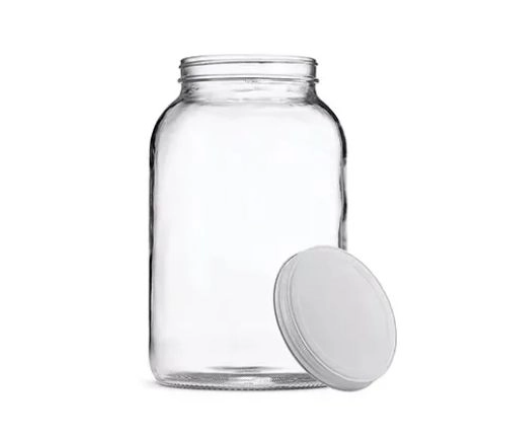

Step 2: Refine and Standardize Your Recipe
Flavor consistency—and food safety—are non-negotiable once you scale.
Kitchen to Production Transition
Documenting every ingredient by weight for small (home) and larger (commercial) batch sizes is crucial. Test how flavors mature over time, and how the sauce holds up inGlass Bottlesversus plastic or jars. Account for acidity, water activity, and preservative needs.
Steps to Perfection:
-
Source fresh ingredients for initial small-batch trials.
-
Conduct shelf-life tests by bottling sauce in PaupackGlass Bottles, storing at varying conditions, and noting any flavor, aroma, or color shifts.
-
Use guest tastings to optimize heat, tang, sweetness, and aroma.
-
Keep a spreadsheet of every change, using batch numbers for traceability.
-
Collaborate with a food scientist to confirm the safety and scalability of your formula.
Ensuring Reproducibility
As you move to larger equipment, some flavors will change (e.g., caramelization in larger pots or because of metal differences), so repeat every stage of recipe scaling with controlled testing.
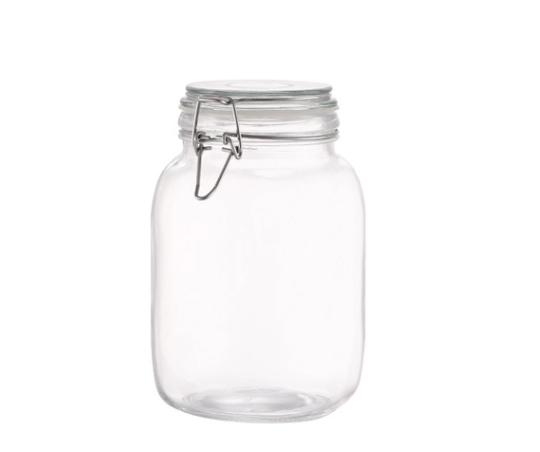

Step 3: Market Research and Competitor Analysis
No matter how delicious your sauce, it needs a market!
Mapping the Competition
-
Analyze store shelves, e-commerce sites, and food expos.
-
Examine competitors’ flavor ranges, label messaging, price points, seasonal releases, and, importantly, packaging—many top-tier sauces rely on elegantGlass Bottles.
-
Note how top brands tell a story: Are theirGlass Bottlesclear to brag about color, or opaque for mysterious effect? Does their label focus on “local,” “low sugar,” “aged,” or “small-batch”?
Identifying Consumer Gaps
-
Conduct surveys on flavor profiles, packaging preferences (Glass Bottlesvs. squeeze), sustainability, and gifting tendencies.
-
Join food forums, engage in online polls, use tools like Google Trends, and solicit feedback on test product launches.
Emerging Trends:
Functional ingredients (superfoods, probiotics), ethnic flavors, dietary specializations, and environment-driven choices (recyclableGlass Bottles).
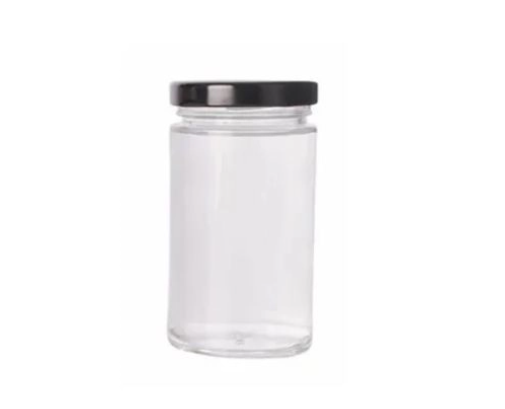

Step 4: Business Planning—Your Roadmap to Growth
Essential Business Plan Elements
-
Executive Summary: Who you are, what you offer, your mission, and your goals.
-
Product Line: List all intended sauce varieties, sizing, and packaging details—spotlight intended use of PaupackGlass Bottlesfor premium packaging.
-
Market and Competitive Analysis: Size, trends, and barriers.
-
Production Plan: Kitchen/contractor selection, ingredient procurement, packaging sourced from reliable providers like Paupack.
-
Marketing and Sales: Launch strategies, positioning, promotional plans.
-
Financial Projections: Realistic sales assumptions, break-even analysis, funding needs.
-
Regulatory and Risk Assessments: Safety measures, backup suppliers (for both ingredients andGlass Bottles), risk planning.
Establishing Measurable Milestones
For example:
-
Timeline for recipe finalization
-
Target launch date
-
Partnership formation withGlass Bottlespackaging providers
-
Projected sales and market share for Year 1–3
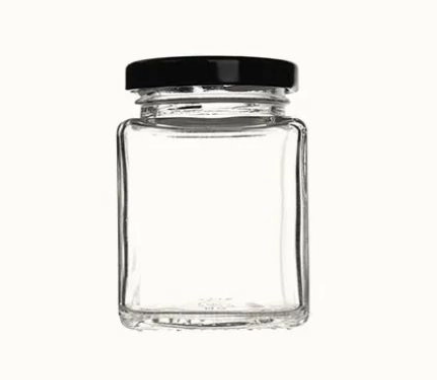

Step 5: Legal and Regulatory Foundations
Entity Formation and Trademarking
-
Register as sole proprietor, partnership, LLC, or corporation.
-
Secure EIN/tax identification.
-
Trademark your brand name and logo for use on premiumGlass Bottles.
Food Safety and Certifications
-
Depending on region: FDA registration, state/local health department inspection, USDA oversight for meat-based sauces.
-
Secure HACCP certification or equivalent protocols.
-
Obtain food handler’s permit(s).
Insurance
-
Product liability
-
Facility and inventory
-
Workers’ compensation
Tip:
Regulations may dictate packaging—glass is often preferred for acid foods due to its non-reactive nature. Paupack’sGlass Bottlesmeet strict food-grade requirements, easing compliance efforts.
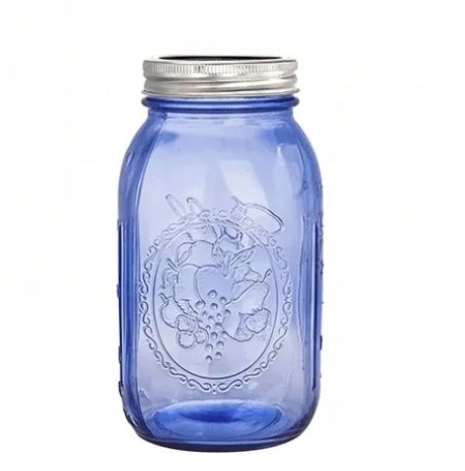

Step 6: Sourcing—Ingredients and Glass Bottles
Supplier Relationships
-
Vet ingredient suppliers for consistency, reliability, pricing, and certifications (organic, fair trade, etc.).
-
For packaging, rely on reputable, food-safe providers like Paupack forGlass Bottles. Consistency in size, clarity, resilience, and delivery speed matter greatly as you scale.
ChoosingGlass Bottles:
-
Consider shape, neck size (for pourability), cap style (twist, tamper-evident, dripper), and label space.
-
Eco-conscious customers respond to recycled and recyclableGlass Bottles. Many retailers actually require this.
-
Paupack provides a range of sizes (sample minis, retail 5oz–32oz, bulk/gallon), colors (clear, amber, green), and closure options.
Supply Chain Checklist
-
Validate lead times for both ingredients andGlass Bottles—factor delays into your production calendar.
-
Investigate backups for all crucial supplies.
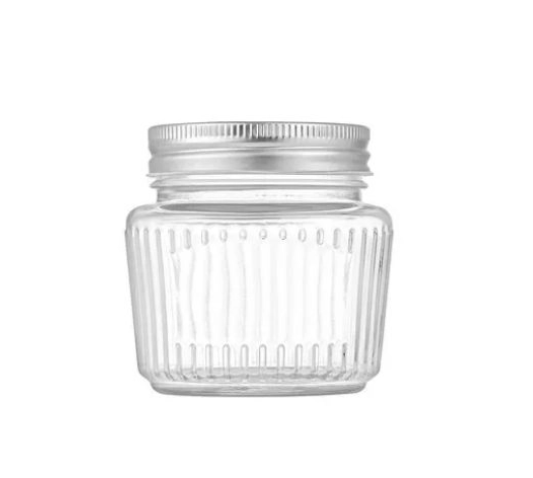

Step 7: Design Memorable Branding and Packaging
Brand Identity Creation
Great branding is more than a logo—it’s voice, story, vision, and values.
-
Develop branding elements with professional designers: logo, color palette, brand style guide.
-
Write a compelling brand “manifesto” or story to appear on your website andGlass Bottles.
-
Choose names and label copy to evoke taste, feeling, or tradition.
Label Design
-
Properly display ingredients, net weight, nutritional information, and allergy warnings.
-
Use UV-resistant, waterproof labels or consider direct printing onGlass Bottles.
-
Sample creative direction: “Packed in sustainable, ultra-clear glass bottles by Paupack for ultimate freshness and flavor integrity.”
Visual and Shelf Appeal
DesignGlass Bottlesthat pop on shelves, with bold or elegant shapes, bright or organic hues, custom cap colors, and premium finishes like embossing or frosting (all available from Paupack).
Tip:
Premium packaging increases willingness to pay and gift-buying, and protects your product in transport.
Step 8: Production and Product Safety
Launching Small-Scale or Co-Packing
-
Home kitchen for pilot/testing—be aware of cottage food law limits.
-
Commercial, shared, or rented commissary kitchens for small batch production.
-
Co-packing arrangements for faster scale—visit the facility, vet their certifications (do they use food-gradeGlass Bottles?), ensure NDAs and product specifications.
Equipment and Layout
-
Invest in quality cookers, fill lines, cap-tighteners, and cleaning/sanitizing stations.
-
Batch-bottling is safer and more consistent using food-safeGlass Bottles.
Traceability Systems
-
Assign batch numbers (printed on bottle or cap) for every production run.
-
Record dates, ingredients, and lot numbers for every batch.
-
Keep samples for recall protocols and quality assurance.
Step 9: Building Your Distribution Plan
Multi-Channel Sales Strategy
-
Direct-to-Consumer:Own e-commerce store, farmer’s markets, events, pop-ups.
-
Wholesale/Retail:Approach local delis, grocery stores, gourmet chains with sample kits in attractiveGlass Bottles; bring a compelling sell sheet, price list, and free sample bottles.
-
Distributor Partnerships:Vet for fit, expertise, reach—ask about their shipping and storage protocols (do they support glass packaging like Paupack’sGlass Bottles?).
Fulfillment and Logistics
-
Organize storage for packaged sauces in stable, climate-safe areas.
-
Use barcoding, inventory management systems, and safe packing protocols (Paupack can supply protective packaging material for glass).
-
For online sales, create “unboxing” delight with custom glass bottles, tissue wraps, or branded gift boxes.
Gifting and Seasonal Launches
-
Release special editions for holidays in limited-runGlass Bottlesfor higher margins and press attention.
Step 10: Marketing, PR, and Community Building
Digital Presence
-
Commission a professional website with e-commerce, FAQs, and a blog sharing tips, recipes, and “sauce stories.”
-
LeverageGlass Bottlesimages in all visuals (they look better than plastic in photos and videos).
Social Media Strategy
-
Instagram, Facebook, TikTok: Share recipe demos, customer testimonials, behind-the-scenes, and eco-friendly packaging stories.
-
Collaborate with food bloggers and local chefs: seeding sampleGlass Bottlesfor honest reviews or creative collabs.
-
Paid ads targeting relevant audiences (gourmet foods, eco-conscious buyers, home cooks, regional cuisine fans).
Outreach & Events
-
Free tastings at grocery stores, markets—presentation in clearGlass Bottlesincreases trial rates.
-
Participate in food competitions or expos; awards boost sales and credibility.
Promotional Offers
-
Limited time or new customer discounts.
-
Subscription boxes (monthly “sauce adventure”).
-
Bundle deals (e.g., trio packs in PaupackGlass Bottles).
Step 11: Monitor, Adapt, and Scale
Analytics-Driven Growth
Track:
-
Sales data by channel, product variety, time.
-
Cost of goods sold (ingredient, packaging, labor), with a breakdown for each size ofGlass Bottles.
-
Social engagement: platform growth, conversion rates.
Regular Review:
-
Source customer reviews—what do they like/dislike about sauce, label, pour experience, glass bottle aesthetics?
-
Compare shelf stability and returns with competitors—adjust ingredients, bottling, or labeling if needed.
Product Innovation and Expansion
-
Diversify with new flavors, sizes (trial, gift, family), formats (bulk, single-serveGlass Bottles).
-
Respond to trends: low sugar, high-heat, international, functional benefits.
-
Collaborate with local farms, restaurants, or breweries for exclusive flavors.
Scaling Supply Chain and Operations
-
Automate or outsource steps as sales increase: bottling, fulfillment, labeling.
-
Maintain close partnership with Paupack for higher-volumeGlass Bottles, custom molds, or eco-friendly packaging upgrades.
Sample Startup Planning Table
| Step | Focus | Actions & Examples | Key Tool/Partner |
|---|---|---|---|
| 1 | Concept & Recipe | Ideation, taste tests, documentation, feedback loops | Home kitchen, feedback forms |
| 2 | Market Analysis | Shelf study, competitor mapping, surveys | Online research tools |
| 3 | Business Plan | Financial projections, growth targets, operational outline | Accountant, business software |
| 4 | Regulatory & Legal | Entity registration, certifications, labeling compliance, IP/trademarking | Legal advisor, FDA guidelines |
| 5 | Sourcing | Vet ingredient suppliers, selectGlass Bottlesprovider (Paupack) | Paupack, ingredient distributors |
| 6 | Branding & Packaging | Logo/label design, story crafting, premiumGlass Bottlesselection | Designer, Paupack |
| 7 | Production Management | Home/test kitchen, commissary, or co-pack; batch tracking and documentation | Commercial kitchen, co-packer |
| 8 | Sales & Distribution | DTC, wholesale, events, partnerships with distributors | Shipping software, warehousing |
| 9 | Marketing | Website, social media, influencer partnership, press outreach, events | Social media tools, PR, photographer |
| 10 | Scaling/Innovation | Analyze metrics, new flavors, new markets, automate production | CRM, analytics, new packaging design |
| 11 | Operations Optimization | Feedback, process improvement, nurture supplier relationships (Paupack forGlass Bottles) | Inventory software, regular reviews |
Why Choose Paupack for Glass Bottles?
Paupackbrings decades of expertise in customizable glass packaging solutions for food entrepreneurs worldwide. With a massive line-up of shapes, colors, and closure systems—plus innovations in sustainable glass manufacturing—Paupack’sGlass Bottlesoffer:
-
Product Integrity: Superior non-reactive sealing that preserves flavors’ integrity and extends shelf life.
-
Premium Shelf Appeal: Stunning glass clarity and customizable shapes for strong brand differentiation.
-
Eco-Consciousness: High recycled content and easy recyclability—meeting and exceeding consumer and retailer expectations.
-
Scalability: Flexible minimum orders and robust support, from startup test runs to full-scale national rollout.
-
Turnkey Support: Label design, closure selection, and custom packaging advice.
Make Paupack your packaging partner—from recipe refinement to store shelf, every sauce bottle tells your story.
Conclusion: From Kitchen Dream to Market Reality
Starting a sauce business requires much more than a delicious idea—it’s about operational excellence, regulatory rigor, brand emotional resonance, and the packaging that brings your vision to life.
By following these 11 expanded steps, you’ll be equipped to meet the challenges of entering this rapidly evolving industry. Harness the power of premium packaging—use Paupack’sGlass Bottlesfor a strong launch, clear brand message, and sustainable future growth. Your sauce is more than a condiment; it’s an experience waiting to happen—make every bottle unforgettable.
(Presented by Paupack, your trusted source for premiumGlass Bottlesand innovative packaging solutions for global food entrepreneurs.)




